| Navigation | Gattungsnamen können mit 3 Buchstaben abgekürzt werden, z.B. Bel peren | Genus names can be abbreviated by 3 letters, e.g. Bel peren | |
| Chamaesyce maculata (L.) SMALL |
| Fam.: Euphorbiaceae \ Wolfsmilchgewächse / Spurge Fam.
|
| Synon.: Euphorbia maculata L. |
| Gattung / Genus: Chamaesyce GRAY, Euphorbia L. |
| Autoren / Authors: | |||
| Carl von Linné (Linnaeus, 1707 - 1777), schwedischer Naturforscher, der das binäre Benennungs-System für Pflanzen + Tiere einführte / Swedish naturalist who introduced the binary naming system for plants + animals | |||
| John Kunkel Small (1869 - 1938), Botaniker in den USA / botanist in USA | |||
| Samuel Frederick Gray (1766 - 1828), britischer Pharmakologe + Botaniker / British pharmacologist + botanist | |||
| Etymologie / Etymology: | |||
| Chamaesyce: | chamai = niedrig, sykon = Feige / chamai = low, sykon = fig | ||
| maculata: | gefleckt / spotted | ||
| Euphorbia: | Euforbos, Leibarzt von König Juba II.von Mauretanien (1.Jahrhundert vor Chr.), fand eine heilsame Euphorbia / physician of king Juba II. of Mauritania (1st century BC), found a healing Euphorbia | ||
Chamaesyce maculata ist eine sehr kleine Pflanze, deren Blätter nur 5 bis 9 mm lang werden. Sie wurde aus Nordamerika eingeschleppt. In Mitteleuropa wurde sie zuerst auf Wegen in Friedhöfen gefunden, für die Schotter aus dem Mittelmeergebiet verwendet wurde. Inzwischen ist sie in Gebieten mit günstigem Klima weit verbreitet, die Pflanzen aus Mannheim und Ludwigshafen fand ich in kaum benutztem Hafen- und Bahngelände. Auch drei weitere ähnliche Chamaesyce-Arten ohne dunkle Punkte auf den Blättern sind inzwischen eingewandert. Chamaesyce maculata is a very small plant. Its leaves are only 5 to 9 mm long. It has been introduced from North America. In Central Europe it has first been found on paths of cemeteries for which gravel imported from the Mediterranean had been used. In between it is wide spread in regions of warm climate, the Mannheim and Ludwigshafen findings are from rarely used port and railway areas. Also three similar Chamaesyce species without dotted leaves have been introduced in between. | ||
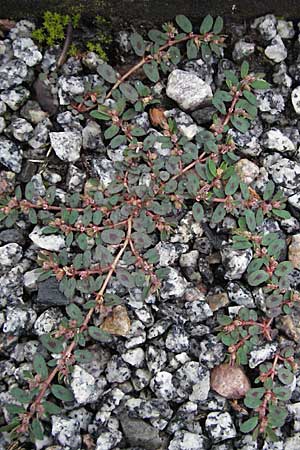 | ||
|
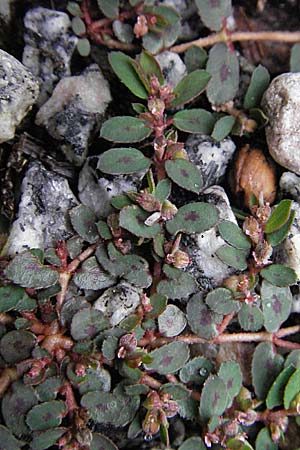 | ||
|
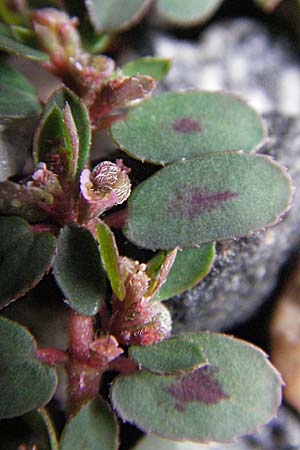 | ||
|
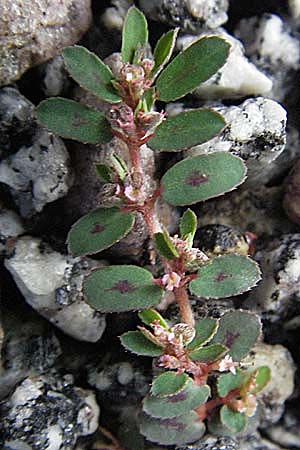 | ||
|
 | ||
|
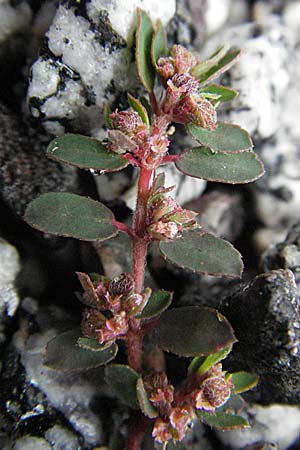 | ||
|
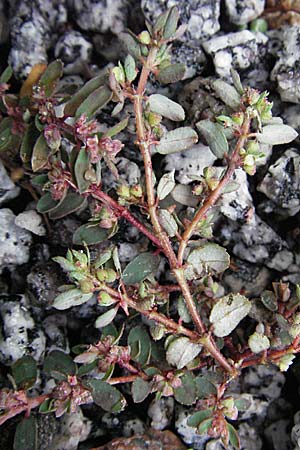 | ||
|
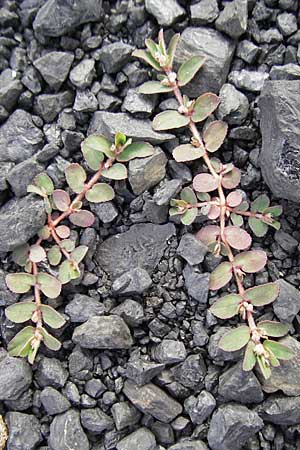 | ||
|
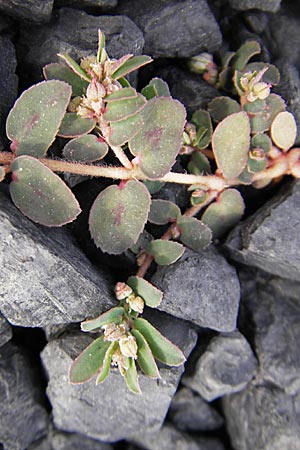 | ||
|
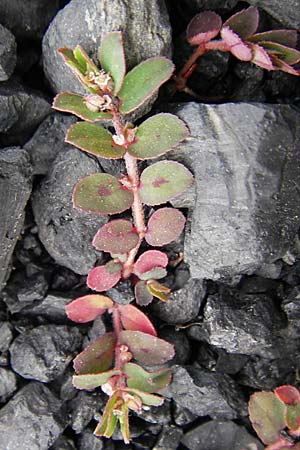 | ||
|
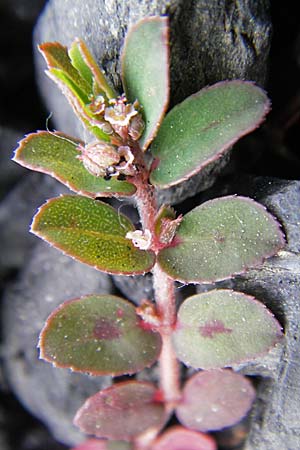 | ||
|
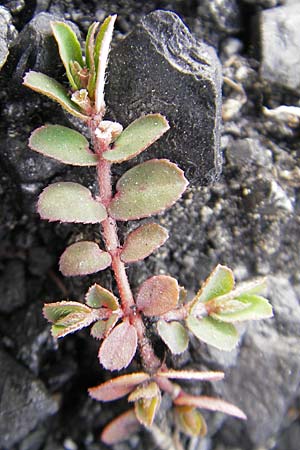 | ||
|
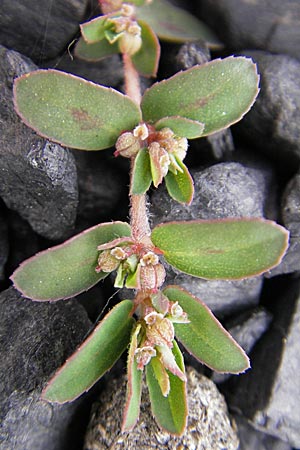 | ||
|
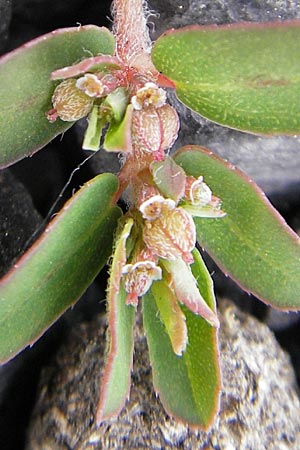 | ||
|
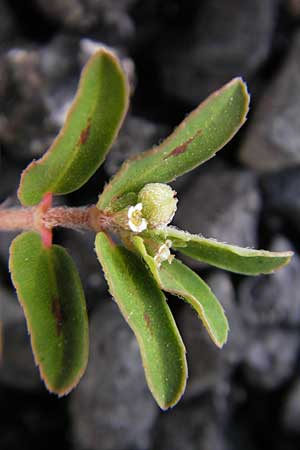 | ||
|
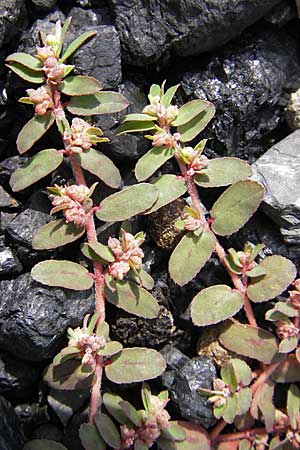 | ||
|
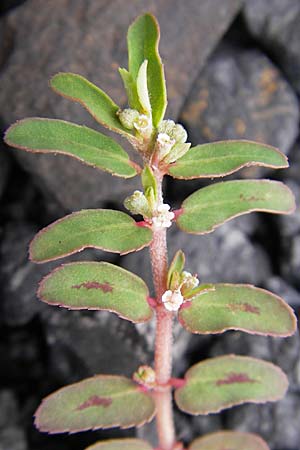 | ||
|
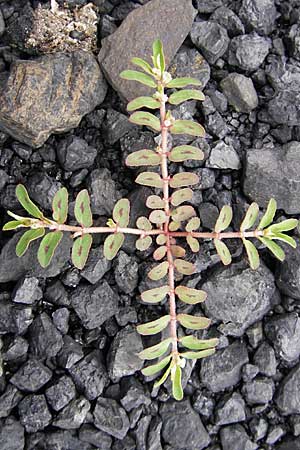 | ||
|
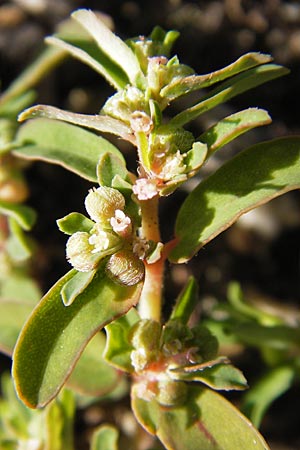 | ||
|
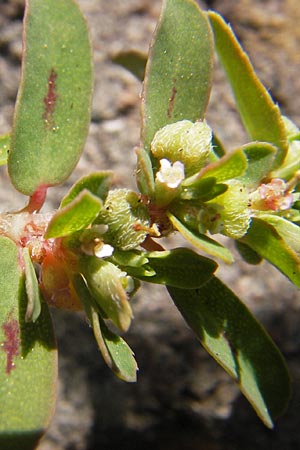 | ||
|
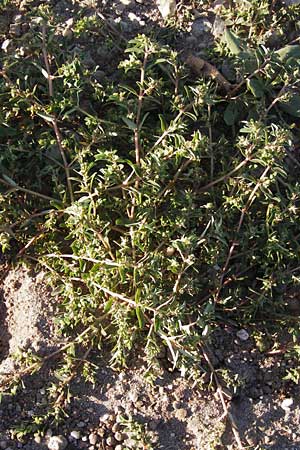 | ||
|
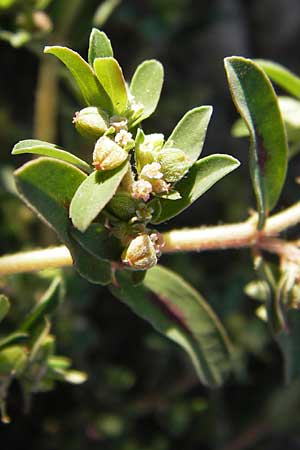 | ||
|
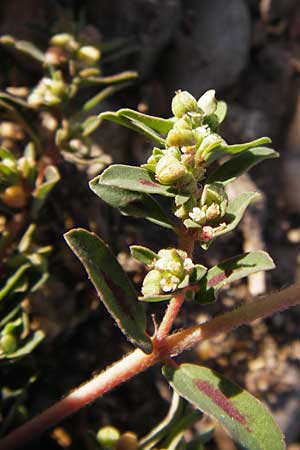 | ||
|
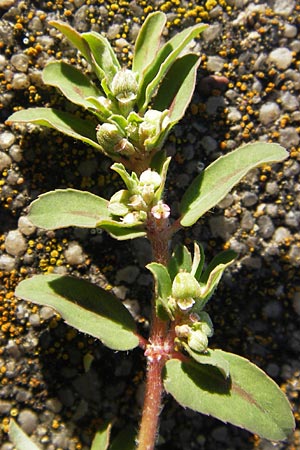 | ||
|
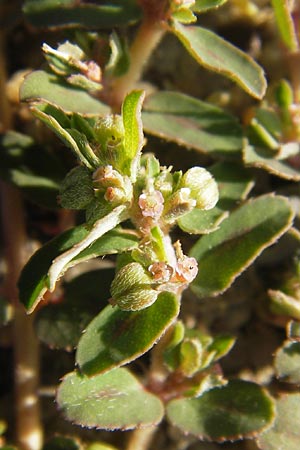 | ||
|
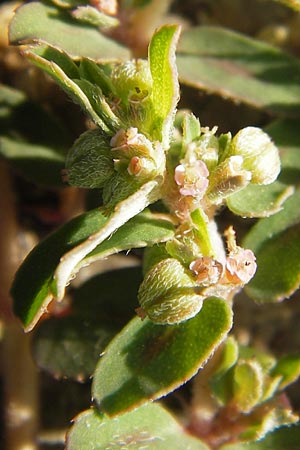 | ||
|
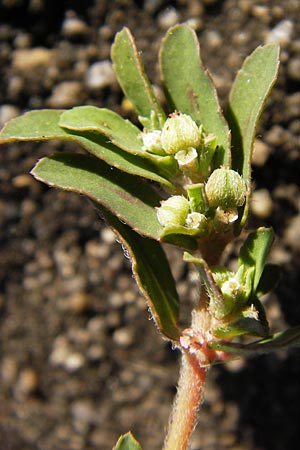 | ||
|
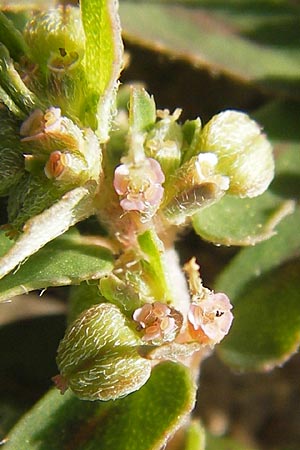 | ||
|
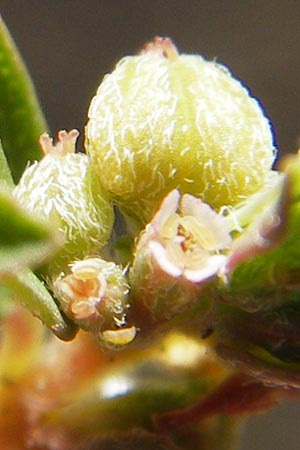 | ||
|
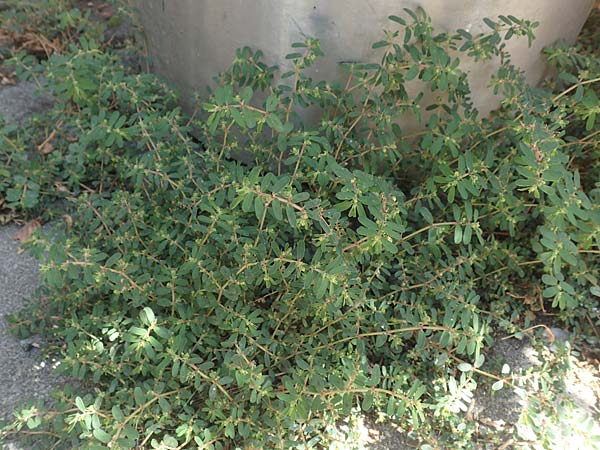 | ||
|
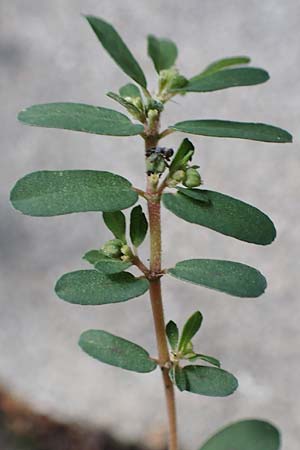 | ||
|
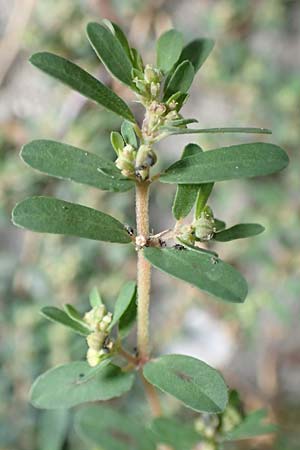 | ||
|
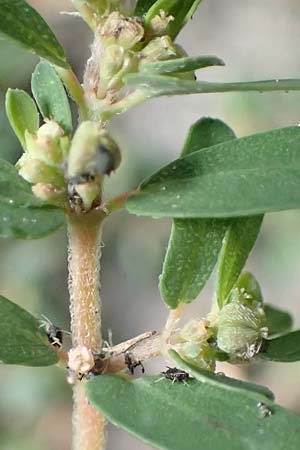 | ||
|
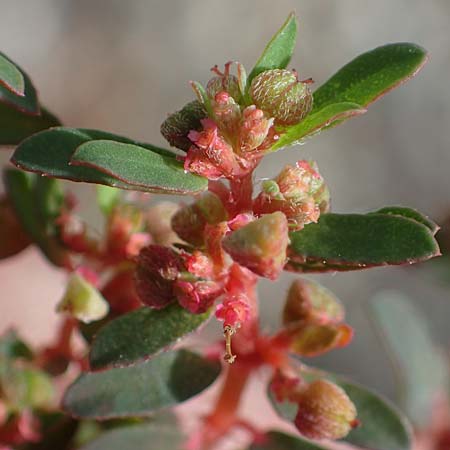 | ||
|
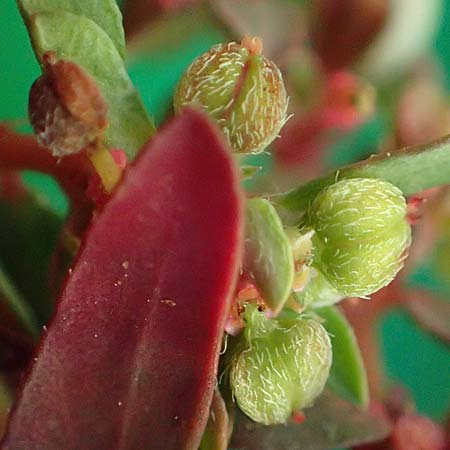 | ||
|
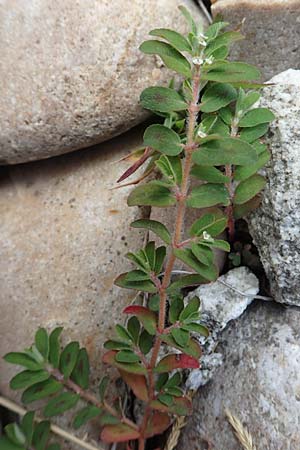 | ||
|
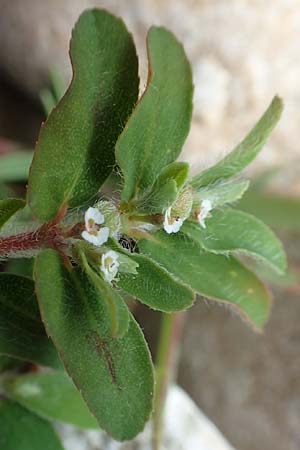 | ||
|
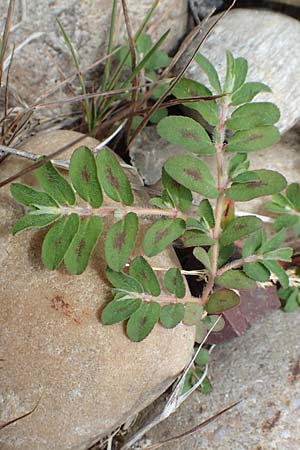 | ||
|
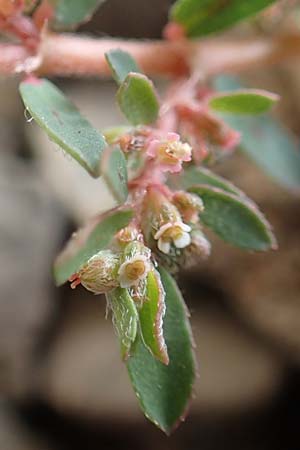 | ||
|
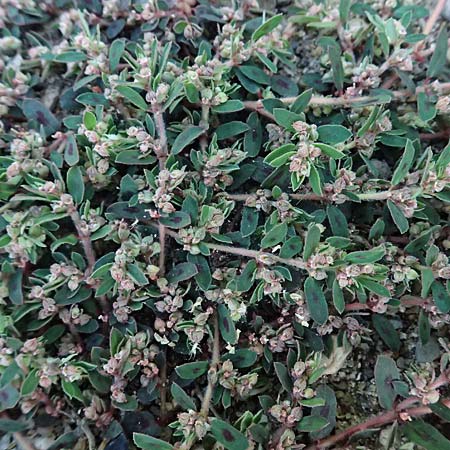 | ||
|
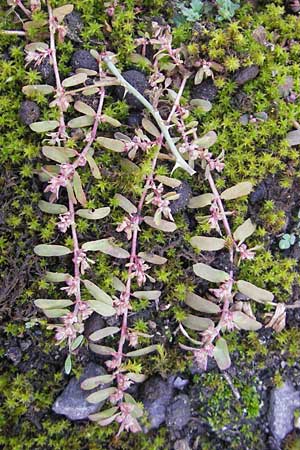 | ||
|
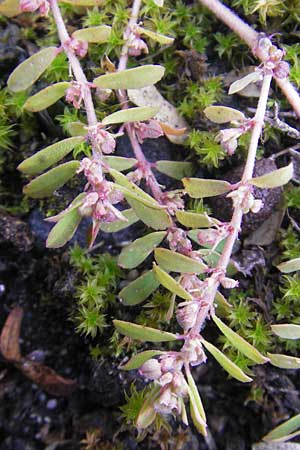 | ||
|
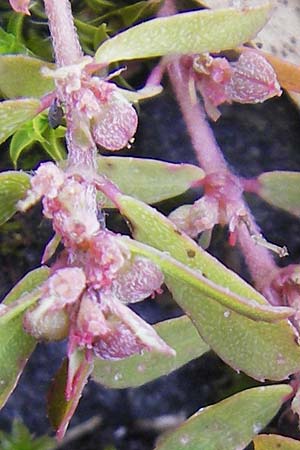 | ||
|
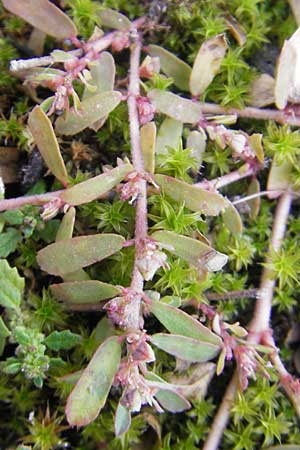 | ||
|
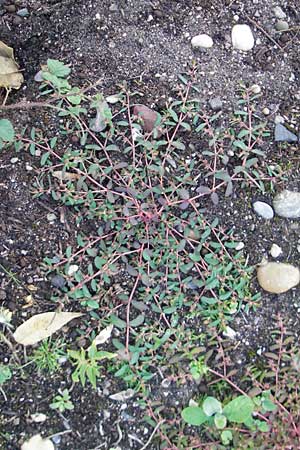 | ||
|
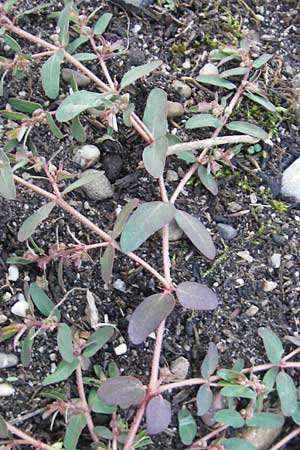 | ||
|
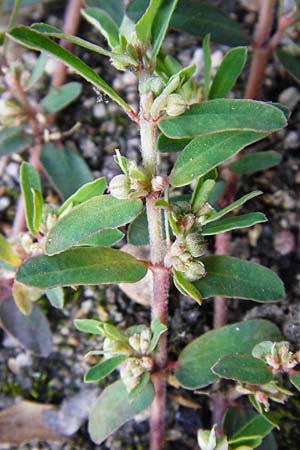 | ||
|
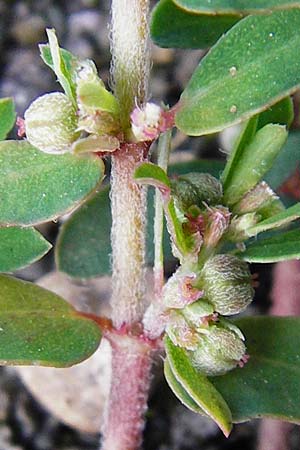 | ||
|
|
Nach oben
To top |
|
Startseite
Start page |
|
Inhalt
Contents |
|
Orchideen
Orchids |
|
Andere Pflanzen
Other Plants |
|
Pflanzen nach Familien
Plants acc. to Families |
|
.. Verwandtschaft:
.. Relationship: |
|
APG
APG |
|
trad.
trad. |
|
.. wiss. Namen
.. Scientific Names |
|
.. deut. Namen
.. German Names |
|
.. engl. Namen
.. English Names |
|
.. Blütenfarben
.. Bloom Colors |
|
.. Blütenbau
.. Flower Anatomy |
|
.. Blattform
.. Leaf Form |
|
.. Regionen
.. Regions |
|
.. Aufn.-Monat
.. Photo Month |
|
.. Früchten + Samen
.. Fruits + Seed |
|
.. Wurzeln + Knollen
.. Roots + Bulbs |
|
Schädlingsbefall + Missbildungen
Pest Infestation + Deformations |
|
Bäume
Trees |
|
Sträucher
Bushes |
|
Wasser-Pfl.
Water Plants |
|
Kletter-/Schling-Pfl.
Climbers + Twiners |
|
Nutz-Pfl.
Useful Pl. |
|
Zier-Pflanzen
Ornamental Pl. |
|
Farb-Var.
Color Var. |
|
Mehrere Kriterien
Multiple Criteria |
|
Biotope + Gruppen
Biotopes + Groups |
|
Botan.Links
Botan.Links |
| Copyright: Verwendung der Bilder und Texte nur mit schriftlicher Genehmigung des Autors. |
| Copyright: Use of the images and texts only with the author's written permission. |